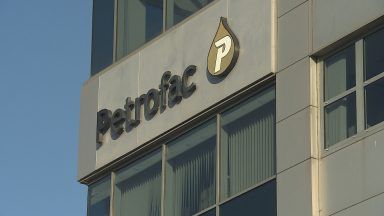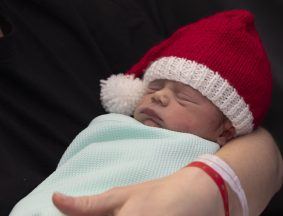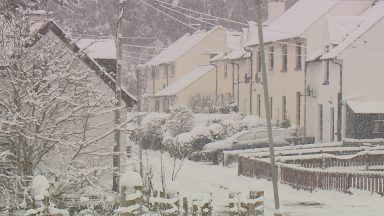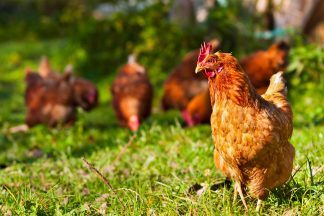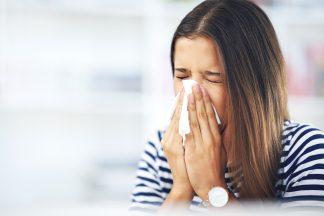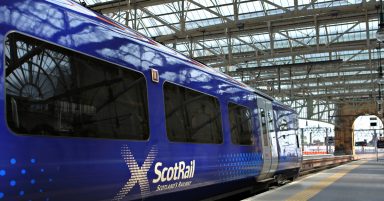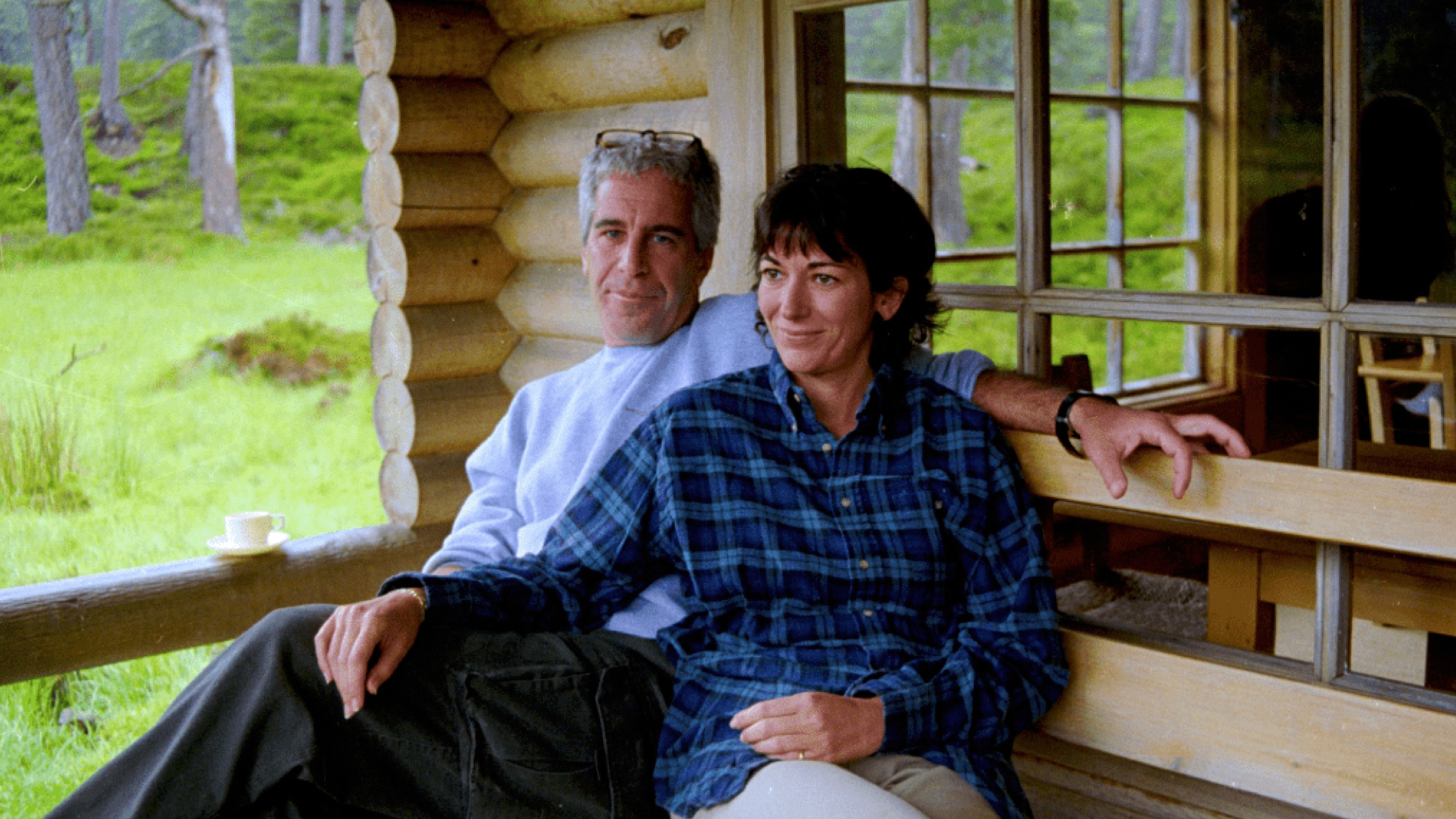More than eight million households will start to see cost of living payments hit their bank accounts on Thursday.
A first instalment of £326 will start to be paid out on July 14 to low-income households on benefits. The second portion of the one-off £650 payment will follow this autumn.
The UK Government announced the payments earlier this year as part of a package of measures in a bid to help people cope with rising inflation.
Other grants will come later in the year and they will not affect the tax you pay, or the benefits or tax credits that you receive.
Who is entitled to the payment?
The payment is being made to more than eight million low-income households who receive any of the following benefits – Universal Credit, income based Jobseekers Allowance, income-related Employment and Support Allowance, Income Support, working tax credit, child tax credit and pension credit.
It will come in two tranches, with most people set to receive the first payment of £326 between 14 and 31 July.
In order to be eligible for the first instalment, people must have been entitled to their benefits payments by May 25.
Administrators are using a computer programme to identify those eligible.
The second instalment, of £324, will be paid in the autumn but those on tax credits will have to wait longer, as the first payment will be in the autumn and the second instalment during the winter.
People may be receiving tax credits alongside other benefits that qualify for the cost of living payment, so some instalments are being made at a later date to avoid any double payments being made.
How will I receive the payments?
They will be paid automatically into bank accounts – usually marked “DWP Cost of Living”.
Keep an eye out for DWP XB, which is the code that the payment will be recorded on your bank statement.
Is there also extra support coming to help with soaring energy bills?
Yes, every household will get a £400 energy bill discount in October.
For an average household, the price of energy increased from £1,277 to £1,971 in April amid soaring prices on wholesale markets.
And the price cap is set to rise by an extra £1,000 at the beginning of October to around £2,980.63 for the next period – which runs between October and December
Energy suppliers will automatically apply October’s £400 discount, so there is no need to apply.
The money will be credited to the accounts of customers who pay by direct debit, or with cash or a cheque. For those on pre-payment meters, the money will be applied to the meter or sent in vouchers.
What help is there for pensioners?
Some eight million pensioner households are set to receive an extra £300 to help cover the rising cost of energy this winter.
But low-income retirees are being urged to check if they’re entitled to a top-up benefit as thousands of households are missing out on key support.
The UK Government estimates around £1.7bn in Pension Credit goes unclaimed, with families potentially missing out on around £1,900.
The report estimated that 850,000 families have not claimed Pension Credit in 2019/2020 – around three in ten.
That could also entitle you to help for NHS costs such as glasses and a free TV licence if you are over 75.
Pensioner households that receive the Winter Fuel Payment will get a top up of between £200 and £300 in November and December.
But those in receipt of Pension Credit are also entitled to a one-off £650 payment to help with energy bills.
It remains possible to get the whole £650 if signed up to pension credit by 18 August, as you can ask for a pension credit claim to be backdated for up to three months.
If you are 66 or older and have total weekly income under roughly £200, then you are encouraged to go online at www.gov.uk/pensioncredit or call the Pension Credit helpline on 0800 99 1234 to see if you’re due.
And what about those with disabilities?
People on disability benefits will receive £150 in September if they are already claiming one of the following:
- Disability Living Allowance
- Personal Independence Payment
- Attendance Allowance
- Scottish Disability Benefits
- Armed Forces Independence Payment
- Constant Attendance Allowance
- War Pension Mobility Supplement
How are the payments being funded?
The emergency cost-of-living package – including the energy bill discount – will be partly funded by a £5bn windfall tax on oil and gas giants.
Back in May, then chancellor Rishi Sunak acknowledged that high inflation is causing “acute distress” for people in the country, telling MPs: “I know they are worried, I know people are struggling.”
He said the UK Government “will not sit idly by while there is a risk that some in our country might be set so far back they might never recover”.
Initially, the energy discount was designed to be a £200 reduction paid back in instalments over five years. Now, the discount has been doubled and there is no requirement to repay.
What is being done to curb inflation?
Inflation has already reached a 40-year high of 9.1% and is set to rise past 11% in the autumn.
As a result, the Bank of England has put up interest rates. That means you’ll be paying more if you have a variable mortgage or if you have borrowings. But it could be good news if you’re a saver.
The bank’s experts set the rate at 1.25% last month, a rise from 1% previously, and the fifth increase in a row as it tries to tame runaway inflation.
It also warned that prices for households across the country might increase even further than previously thought.
Three of the nine-person Monetary Policy Committee voted for an even bigger hike, arguing that rates should rise as high as 1.5%.
The committee is tasked with keeping inflation constant at around 2%, a target it is currently well clear of. But things are set to get even worse later this year.
Follow STV News on WhatsApp
Scan the QR code on your mobile device for all the latest news from around the country


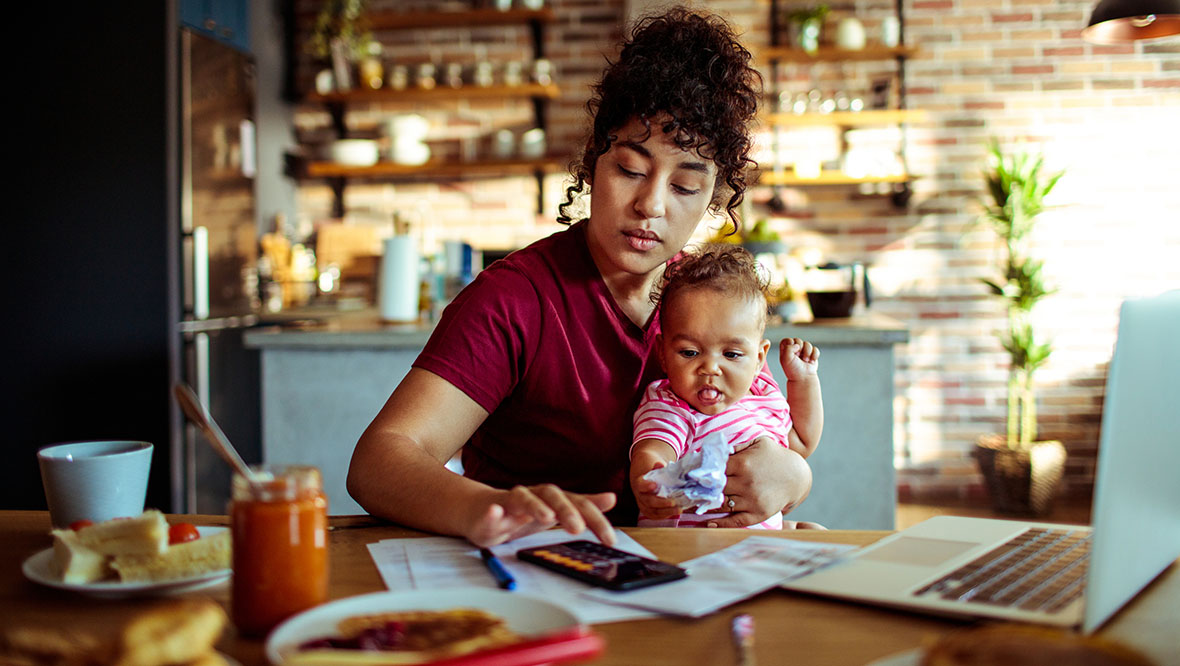 iStock
iStock

